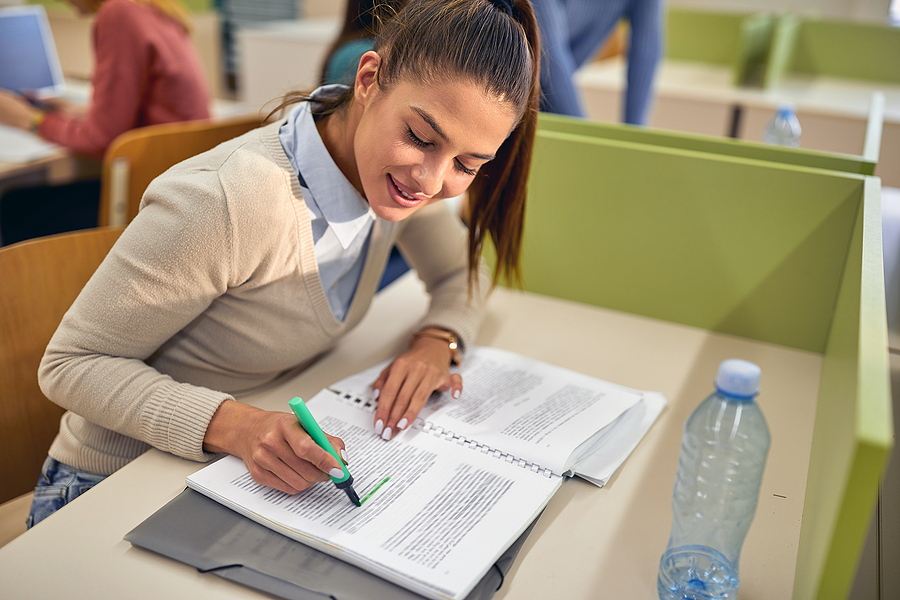Best practices for assignments in the 21st century are essential for students to succeed in their academic endeavors. In the 21st century, there are numerous challenges that students must contend with when it comes to completing assignments. These challenges include access to technology, different learning styles, and time constraints. To ensure that students are able to overcome these challenges, it is important to implement best practices for assignments. This article will discuss the best practices for assignments in the 21st century and their benefits.
Definition of Best Practices
Best Practices are strategies and techniques that have been proven to be effective in helping students to successfully complete their assignments. These strategies and techniques include setting clear objectives, utilizing technology, engaging learners, and assessing student learning. Best practices for assignments done domyessay.com involve defining the assignment, establishing a timeline, utilizing online platforms, utilizing digital tools, incorporating different learning styles, incorporating different modalities, and establishing evaluation criteria. By implementing these best practices, students are able to overcome the challenges of the 21st century and achieve their academic goals.
Overview of Challenges for Assignments in the 21st Century
In the 21st century, there are numerous challenges that students must contend with when it comes to completing assignments. These challenges include access to technology, different learning styles, and time constraints.
Access to Technology
In the 21st century, access to technology is a major challenge for students completing assignments. Many assignments require the use of technology, such as computers, tablets, and smartphones, to complete. Unfortunately, not all students have access to these technologies. This can make it difficult for students to complete their assignments.
Different Learning Styles
In the 21st century, there are numerous different learning styles. This means that not all students learn in the same way. Some students may be more visual learners, while others may be more auditory or kinesthetic learners. Furthermore, some students may be more comfortable with traditional methods of instruction, while others may prefer more interactive methods. It is important to recognize and accommodate these different learning styles when creating assignments, as this will ensure that students are able to understand the material more effectively and retain the information for a longer period of time. When creating assignments, teachers should consider incorporating visual, auditory, and kinesthetic elements, as well as different modalities such as group work and individual work. By doing so, students will be able to engage with the material in a more meaningful way and be better equipped to complete their assignment writing tasks.
Time Constraints
In the 21st century, time constraints are a major challenge for students completing assignments. Students often have multiple assignments due at the same time, as well as other commitments such as work and family. This can make it difficult for students to complete their assignments in a timely manner.
Best Practices for Assignments
To ensure that students are able to successfully complete their assignments, it is important to implement best practices for assignments. The following are some of the best practices for assignments in the 21st century.
Setting Clear Objectives
One of the best practices for assignments is to set clear objectives. This involves defining the assignment and establishing a timeline. By setting clear objectives, students are able to understand what is expected of them and how much time they have to complete the assignment.
Defining the Assignment
When setting objectives for an assignment, it is important to define the assignment. This involves establishing the learning outcomes of the assignment and creating a rubric. By clearly defining the assignment, students are able to understand what is expected of them.
Establishing Time-frame
When setting objectives for an assignment, it is important to establish a timeline. This involves setting deadlines and allowing for extra time. By establishing a timeline, students are able to understand how much time they have to complete the assignment.
Utilizing Technology
Another best practice for assignments is to utilize technology. This involves utilizing online platforms and digital tools. By utilizing technology, students are able to complete their assignments more efficiently and effectively.
Utilizing Online Platforms
When utilizing technology for assignments, it is important to utilize online platforms. This involves utilizing online course management systems and creating online discussion boards. By utilizing online platforms, students are able to access their assignments and collaborate with their peers.
Utilizing Digital Tools
When utilizing technology for assignments, it is important to utilize digital tools. This involves incorporating videos and interactive elements into the assignments. By utilizing digital tools, students are able to engage with the material in a more meaningful way.
Engaging Learners
Another best practice for assignments is to engage learners. This involves incorporating different learning styles and modalities. By engaging learners, students are able to understand the material more effectively and retain the information for a longer period of time.
Incorporating Different Learning Styles
When engaging learners, it is important to incorporate different learning styles. This involves incorporating visual, auditory, and kinesthetic elements into the assignments. By incorporating different learning styles, students are able to understand the material more effectively.
Incorporating Different Modalities
When engaging learners, it is important to incorporate different modalities. This involves incorporating group work and individual work into the assignments. By incorporating different modalities, students are able to engage with the material in a more meaningful way.
Assessing Student Learning
Another best practice for assignments is to assess student learning. This involves establishing evaluation criteria and utilizing formative assessment. By assessing student learning, teachers are able to ensure that students are understanding the material and making progress.

Establishing Evaluation Criteria
When assessing student learning, it is important to establish evaluation criteria. This involves establishing a grading scale and creating a rubric. By establishing evaluation criteria, teachers are able to assess student learning in a consistent and objective manner.
Utilizing Formative Assessment
When assessing student learning, it is important to utilize formative assessment. This involves utilizing quizzes and peer feedback. By utilizing formative assessment, teachers are able to identify areas of strength and areas of improvement for each student.
Conclusion
Best practices for assignments in the 21st century are essential for students to succeed in their academic endeavors. By implementing best practices such as setting clear objectives, utilizing technology, engaging learners, and assessing student learning, students are able to overcome the challenges of the 21st century and achieve their academic goals. Additionally, there are tips to help students write an assignment, such as breaking the assignment into smaller tasks, creating a timeline, and seeking help when needed. By following best practices and tips, students will be able to complete their assignments successfully and achieve their academic goals.
Image Source: BigStockPhoto.com (Licensed)
Related Categories: Education, Reviews








